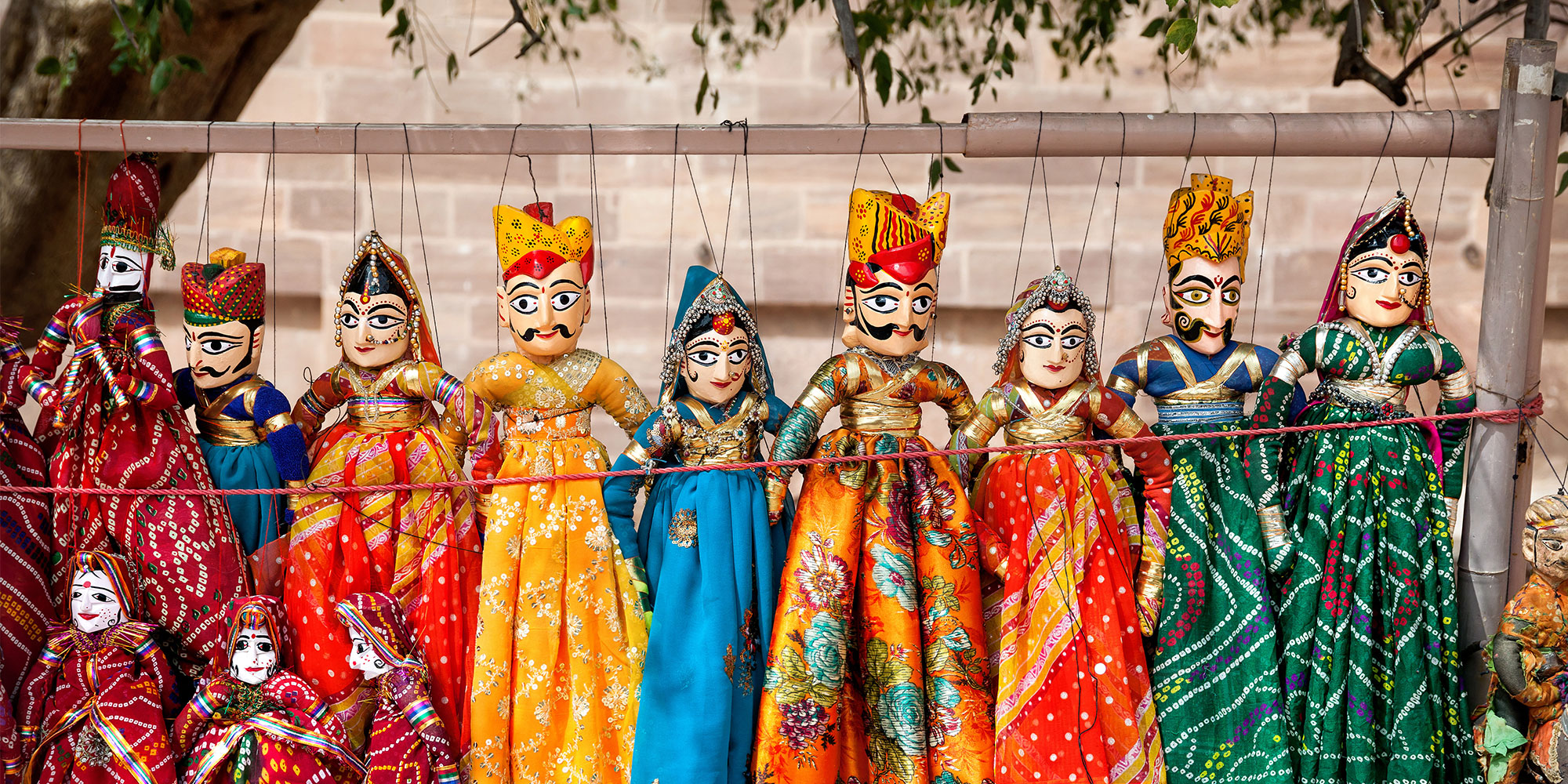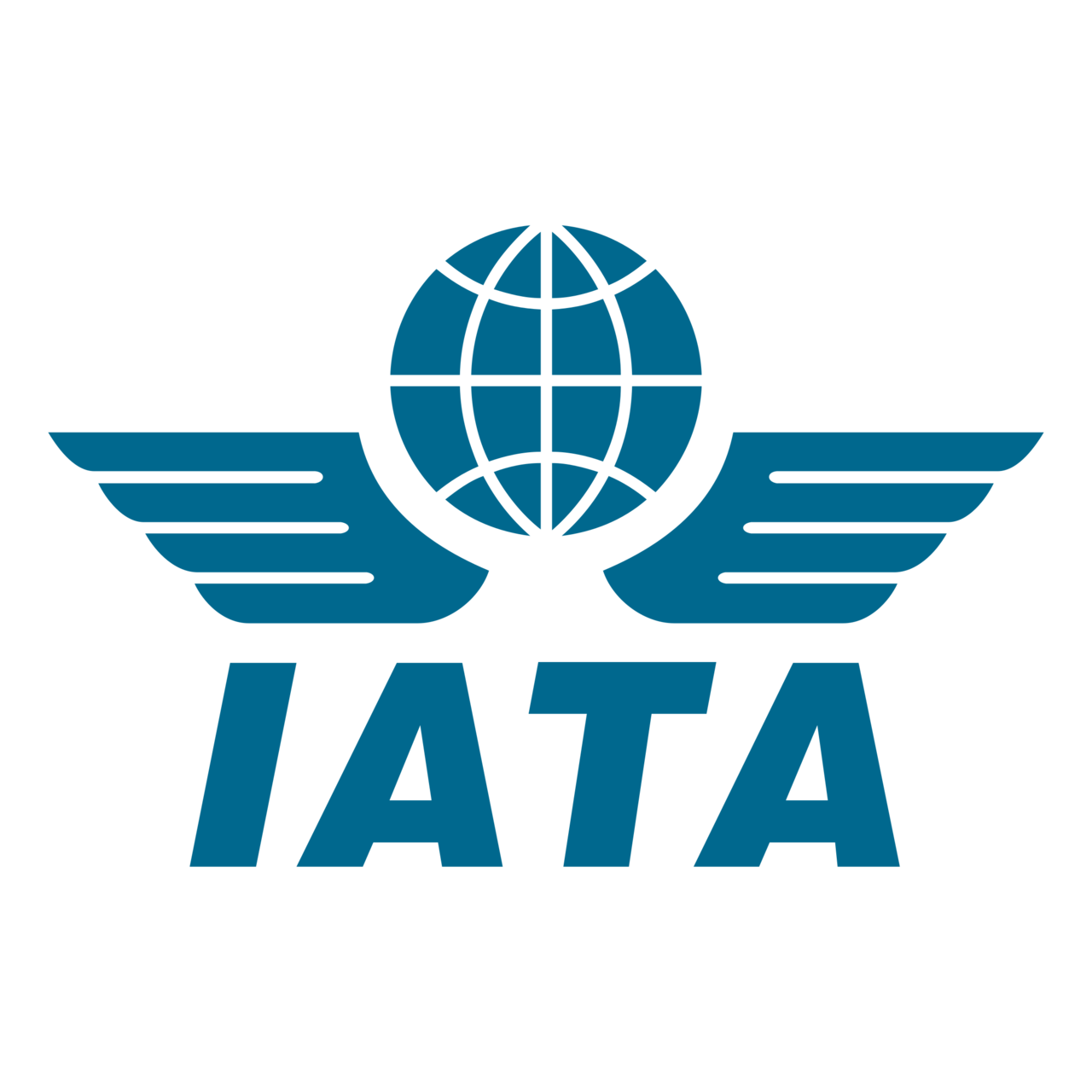- 1300 761 980

India is a country filled with people from different cultures and religions that coexist in one of the most harmonious manners in the world. The wide variety of Indian festivals celebrated is a true manifestation of its rich culture and traditions. India has many celebrations throughout the year. From October to February, the country is most vibrant. Why not tailor your holiday to fall in line with a particular festival? Check out 5 of our favourite Indian festivals….
Diwali or Deepavali is the largest festival in India. This Indian festivals name comes from the row (avali) of clay lamps (diya or deepa) that Indians light outside their homes. This symbolizes the inner light that protects us from spiritual darkness.
Hindus, Sikhs and Jains all celebrate Diwali for a variety of reasons; however, the main theme that runs throughout is the triumph of light over darkness and good over evil.
The Hindu Lunar Calendar determines the date of Diwali. This festival of lights is held in either October or November and runs for five days. Based on this calendar, the main celebration is held on the darkest night (new moon). During Diwali, people decorate their homes with lights, clay lamps and candles. Millions of people lining the streets watch the impressive fireworks display. A common practice is for people to light small oil lamps (called diyas) and place them around their home, in courtyards, verandas, gardens and rooftops.
Every region in India celebrates Diwali. However, for the best experience we recommend celebrating in Jaipur, Mumbai or Varanasi. In Jaipur during Diwali, the markets are all fantastically lit up. Similarly the visual scene in Mumbai is spectacular showcasing some of the best firework displays in India. If you’re in Varanasi, you will have the amazing opportunity to watch the remarkable aarti (prayer ritual) and let off fireworks by the river Ganga.
Holi is one of the more famous Indian festivals. This festival also celebrates good rising over evil, the beginning of spring and the new harvest. Holi like all Hindu festivals has a religious story behind it; depending on where in India you are, the victory of good over evil is repeated.
The festival celebrates Krishna and the story of Holika and Prahlad. According to legend, Krishna was a very mischievous child often throwing coloured water on people. So you can see why Holi is celebrated with huge coloured water fights. The story of Holika and Prahlad represents good’s triumph over evil. Prahlad refused to worship his father the king and worshiped Vishnu instead. His aunt, Holika, who was immune to fire, despised Prahlad and tricked him into following her into the fire. However, because Holika was using her powers for evil, she was destroyed and Prahlad was saved. In commemoration to the story, bonfires are built and models of Holika are thrown into the flames.
The Hindu Lunar Calendar determines the date of Holi. The main celebration day falls on the full moon of the 12th month of the Hindu Lunar Calendar, which usually occurs at the end of February or early March.
Holi typically runs for 1-2 days, however in some areas celebrations carry on for much longer. People of every age, race and class gather in the streets to celebrate by, throwing and applying coloured water and powders on each other. There is always lots of dancing and singing to loud music which fill the streets with colour and joy.
The Pushkar Fair lasts five days beginning on Kartik Shukla Ekadashi (the 11th lunar day) and ending on Kartik Purnima (full moon day). On the night of the full moon many Hindu’s pay respects to the god Brahma by bathing in Pushkar Lake. Legend has it that the lotus flower was the weapon of choice for Brahma who conquered a demon in Pushkar. As the lotus flower fell, it created three lakes; one of which is Pushkar Lake.
The camel fair involves, Cattle dealers trading camels, horses, cows, goats, and sheep and showing off their animals by washing, dressing and parading them. Competitions follow the trading. There is a camel beauty contest, camel race and many other exciting camel events. Adorned in colourful patterns of bright colours along with the bells and bangles, animals march on the sand dunes and the most beautiful wins a prize. There are also many traders at the fair selling bracelets, clothes, textiles and fabrics.
Apart from the buying and selling of livestock, the Pushkar Fair has become a massive tourist attraction. Competitions such as the ‘longest moustache’ and ‘bridal competition’ are the main attractions of the fair that interests thousands of tourists. In recent years, the fair has also included an exhibition cricket match between the local Pushkar Club and a team of foreign tourists. With so many exciting events and activities, the Pushkar Camel Fair is a festival you don’t want to miss.
Onam is the biggest and the most important festival of the southern state of Kerala. People from all over the state, from all different communities celebrate Onam, the harvest festival with much joy and enthusiasm. According to a popular legend, the festival is celebrated to welcome King Mahabali a beloved mythical king, whose spirit is said to visit Kerala during Onam.
This festival is celebrated during August-September. This 10 day Indian Festival starts with Atham (day 1) and ends with the most important day, Thiruvonam involving a large feast. Each day holds significance and marks a certain stage of Mahabali’s journey to Kerala. In order to celebrate King Mahabali’s return, people decorate their homes, wear their best clothes, and take part in special puja (prayer rituals) in the temples. A tradition at Onam is creating flower arrangements called pookalams. People place the pookalams at the front of their homes to welcome King Mahabali.
The festivities include the very spirited affair of pookalam-making competitions. Another popular tradition consists of boat races. The Vallamkali Boat Race, in particular, brings many domestic and international tourists to the area. Here they witness the incredible spectacle of snake boats crossing a 40km stretch of water. This festival also consists of music, dancing and people celebrating on the streets with traditional dances and songs.
Goa Carnival is the most famous festival in the state. Celebrated since the 18th century, this Indian Festival carnival takes place prior to the beginning of Lent. Consequently, it is a wonderful time of feasting, drinking and merrymaking.
First introduced by the Portuguese who ruled over Goa for over five hundred years, the Carnival is a spectacular event where Goa unites for three days of revelling. This fun filled carnival features ‘King Momo’ inspired by Momus, the Greek god of satire. The concept is believed to have originated from Latin carnivals. At the beginning of the carnival this tradition sees a large man (usually) crowned as King Momo. He and his entourage then lead the entire carnival parade throughout the state.
While the festivities occur in all the major cities in Goa, the largest are in Panjim. The city is home to a parade of singing, dancing and extravagant floats. Only celebrated in Goa, the carnival is an event not to be missed if you’re in town.
Suite 2, 1st Floor
261-271 Wattletree Rd
Malvern VIC 3144



For tailor-made itineraries or enquiries…